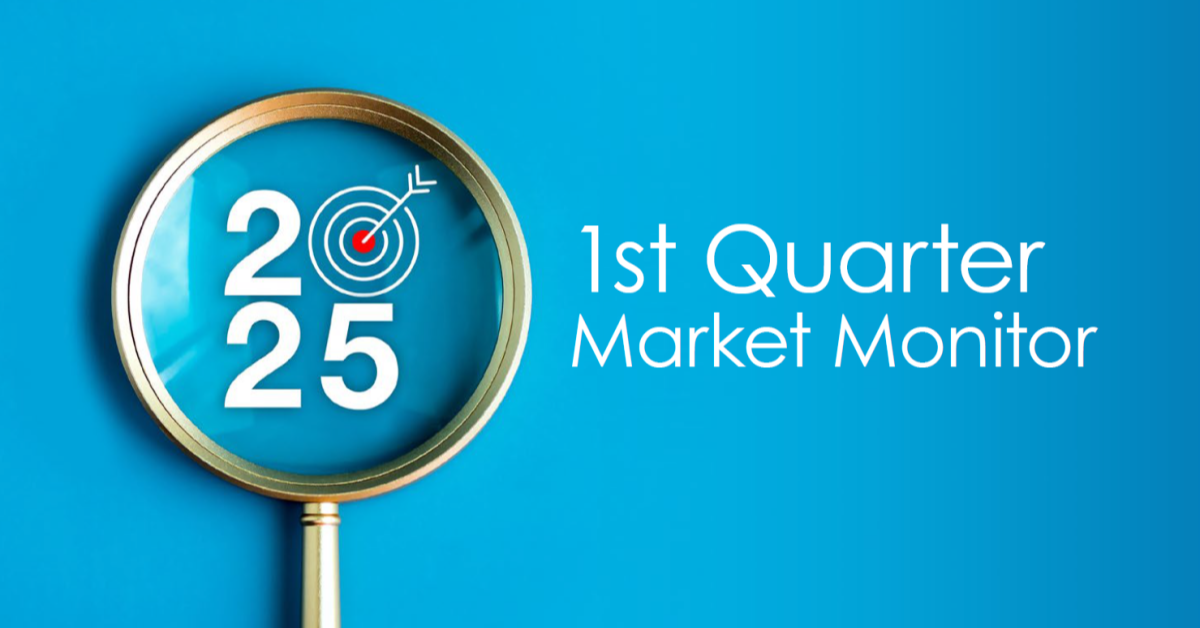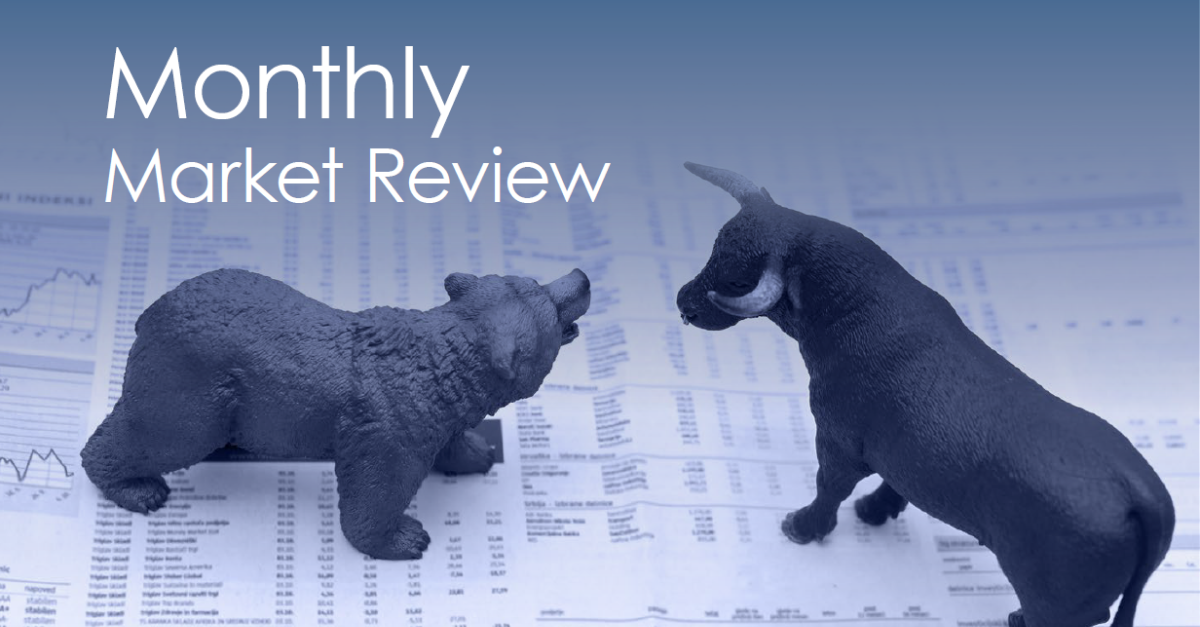
The most recent employment report came in much weaker than expected and left some investors scratching their heads and wondering about the strength of this prolonged economic recovery. The US economy added only 126,000 new jobs in March, down from 264,000 in February. This was the smallest increase since December 2013 when 109,000 jobs were added. While some may point at the inclement weather, areas like California that did not have weather disruptions experienced the same slowdowns that were seen in the Midwest and Northeast.
The lumpy job growth trends may be one of the reasons that although the headline unemployment rate appears “low”, the Fed has stated that they would still like to see some additional firming in the labor market before raising interest rates. They have also said they would like to see inflation move closer to their 2% target. According to the St. Louis Federal Reserve, the Fed’s preferred gauge of inflation has been below its 2% annual target for 34 months straight.


After the latest Fed statement was released, the stock market rallied on the notion that the Fed will continue its accommodative monetary policy and that a June interest rate hike that the market had been pricing in would likely be pushed back. There is a case to be made that the Fed probably doesn’t even need to raise interest rates this year. But we think the Fed doesn’t want to be at this zero interest rate level too long, and that it will likely raise interest rates at least once this year (maybe September) if for no other reason than to send a trial balloon to the financial markets that rate hikes have to begin at some point.
But remember, if the Fed raises interest rates from 0.00% to 0.25%, that really can’t be considered tightening monetary policy. It is just the Fed trying to move away from the zero interest rate policy that has been an emergency tool to help the economy recover from the financial crisis and recession of 2008. The Fed also likely knows that when the next recession rolls around, they would like to be able to cut interest rates again. But there is no room to cut from today’s level. So ideally they would like to start to slowly raise interest rates to a level that would afford them a cushion the next time they need to once again ease monetary policy (i.e- slowly get the fed funds rate up to 2-3%).
As for the stock market, it has hit some of the same fits and starts conundrum as the economy in recent months. As the chart above shows, the S&P 500 Index closed the first quarter at 2067. That is a level it first reached back in November 2014. So while stocks have had some positive months and some negative months in the interim, for the most part the market has been in a wide trading range without making much progress on the upside.
We still think when all is said and done that stocks will have another decent year in 2015. But as we have said before we also think it is likely that we will see higher volatility in the market than we have witnessed in the last couple of years. And for these reasons it is possible that the gains we see for this year could be more back-end loaded. Earnings estimates for S&P 500 companies have been reduced in recent months due to the impact that lower oil prices has had on the energy and materials sector. But going forward lower oil prices should provide a boost to the overall economy and consumer spending.


We have had little exposure to the energy sector in our equity portfolios in recent months. But the prolonged downturn in oil prices looks like it is finding some support (see chart above) and the energy stocks are also starting to show some bottoming action. As such, we have started to dip a toe back into the energy sector and would look to increase our exposure if the constructive bottoming action that we are beginning to see continues in the months ahead.
Beyond that we continue to keep our portfolios broadly diversified as we have always counseled in the past. This has helped our accounts achieve better returns with lower risk, as one never knows which sectors could surprise investors with above-average performance. Additionally, we have remained at the higher end of our recommended equity weightings in balanced portfolios. In this low interest rate environment, a higher portfolio weighting of good dividend-paying stocks and some growth stocks have helped most investors reach their investment objectives.
The low level of interest rates remains a conundrum for fixed income investors. With the yield on the 10-year Treasury back below 2.00%, those anticipating higher interest rates from the market continue to have their patience tested. But we feel it is important not to “reach” for yield and expose one’s portfolio to outsized risk in the fixed income markets. There will be a better buying opportunity at some point, and those who exercise patience will be in the best position to take advantage of it.
Sources: Stockcharts.com; BTIG research; Briefing.com; IBD; Barron’s
Jordan L. Kahn, CFA
Chief Investment Officer



